
Amazing Nature
29 March 2024 ( 372 views )
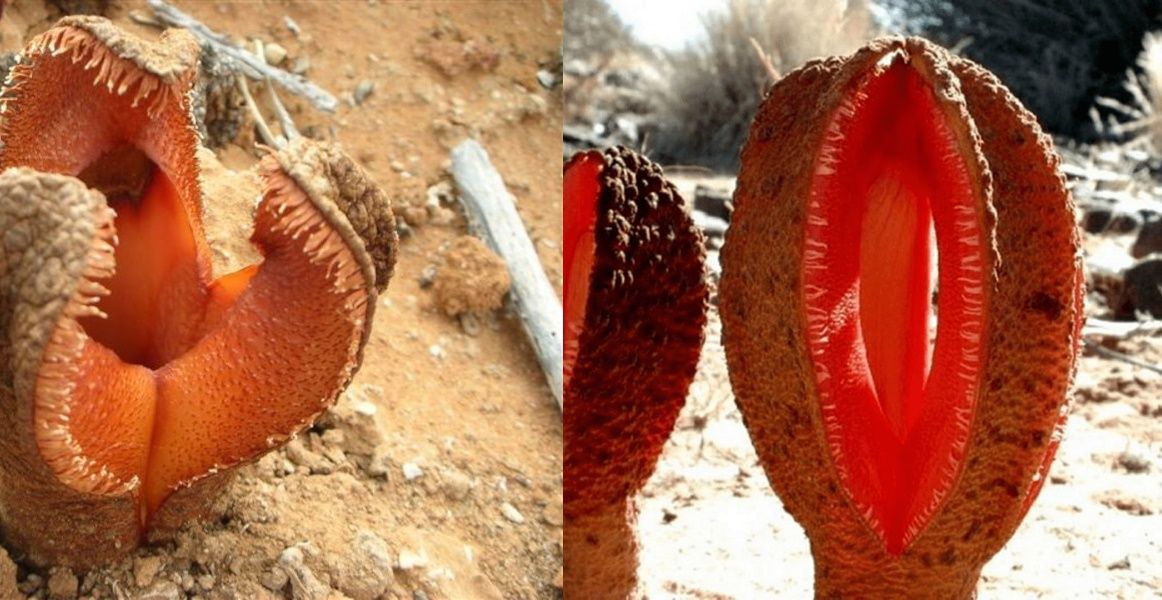
Advertisements
Hydnora africana
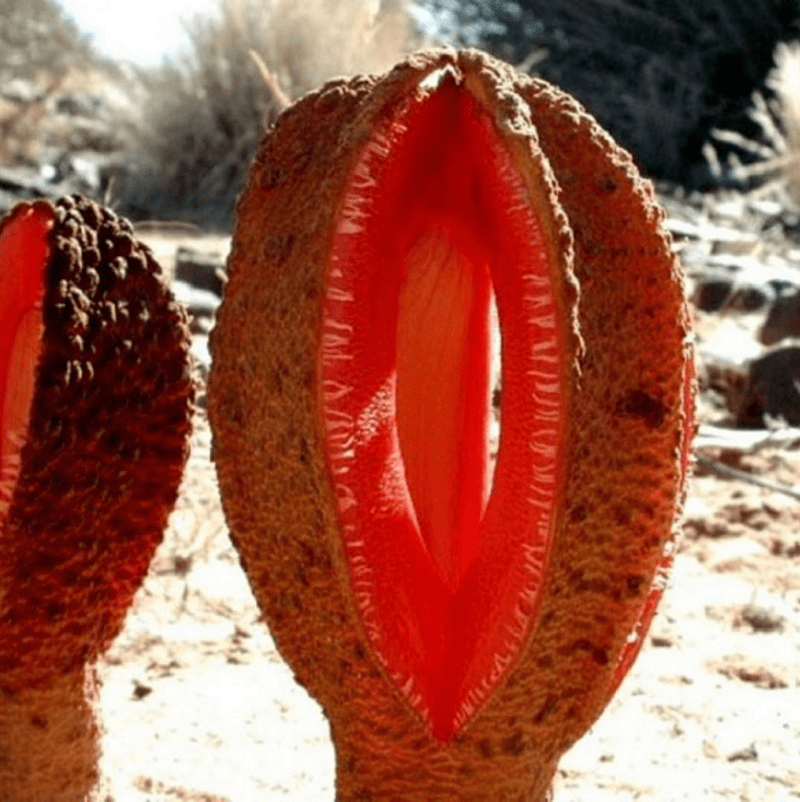
Hydnora africana Facts Firstly, the somewhat unusual term of Hydnora africana serves as the scientific name of a legitimately amazing variety of achlorophyllous plant. However, this marvel of Nature also goes by a few equally difficult to pronounce common names. These include the jakkalskos and jackal food. By either of these names, though, the truly remarkable plant remains a quite highly specialized type of parasitic species. Furthermore, the distinctive plant also exhibits an impressively selective characteristic. That statement holds true due to the fact that it attaches itself exclusively to the equally impressive Euphorbia plant. Yet the parasitic plant itself, astonishingly, grows almost exclusively underground. In point of fact, only the fascinating flower of the biologically and visually incredible plant emerges from beneath the soil. Quite fortunately, for the moment, the population numbers of the amazing Hydnora africana appear to be holding steady. As a result of this pleasantly surprising state, the IUCN does not currently list it on the organization’s Red List. Nevertheless, the nature of its habitat renders it vulnerable to several potential threats. These mainly consist of habitat loss, and the looming threat posed by ongoing climate change.
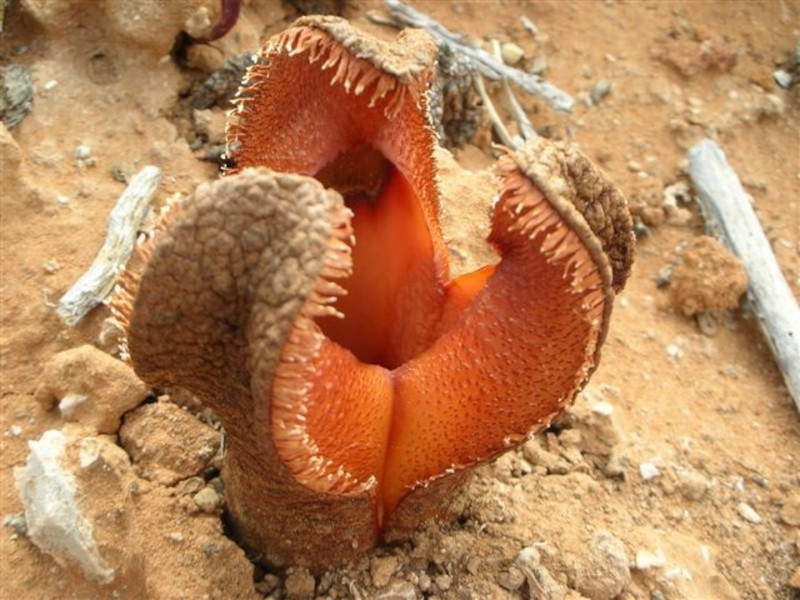

Hydnora africana Physical Description Perhaps most notably, the startling flower of the Hydnora africana develops as roughly tubular in overall shape. However, as well as amazingly, this feature evolved in a most unusual manner. That’s because this portion of the plant also appears with three sides. These components start out connected at their tips. Further, their inner flesh also appears as a deep orange in color. Meanwhile, the outside of the flower ranges from light to dark brown in color. In addition, the general exterior texture of the plant remains a somewhat strange, thick, scaly one. The three sides also remain connected by thin, white, thread-like structures. Not to be outdone in terms of distinctiveness, the inner layers of the Hydnora africana flower also possess a remarkable characteristic. That’s due to the fact that these develop as lined with numerous fine hairs. These tiny features also perform the function of keeping the beetles attracted to the flower from escaping too quickly.
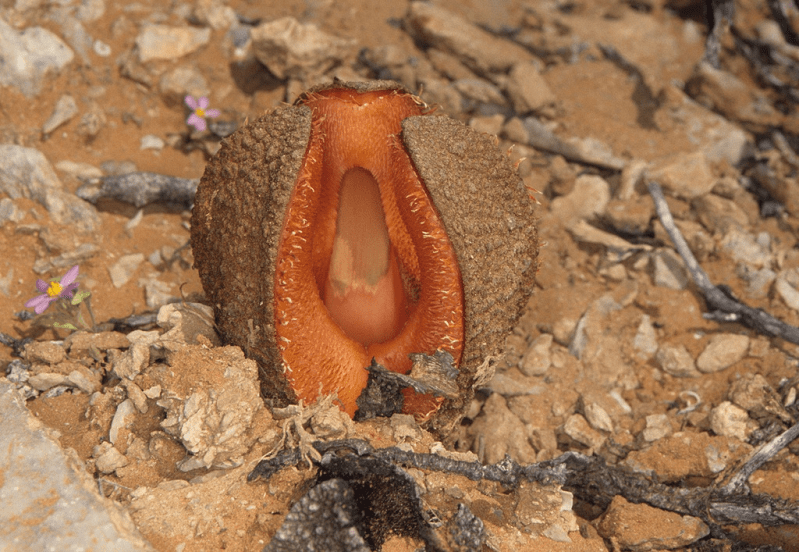

Hydnora africana Distribution, Habitat, and Ecology First of all, the name of the truly astonishing Hydnora africana itself provides indications of the extent of its native range. This holds true since, as the name obviously insinuates, the remarkable plant only inhabits highly specific and sparsely populated regions of the southern portion of the continent of Africa. Even more specifically, though, given its parasitic nature, the fascinating plant also only inhabits regions where Euphorbia can be found. As a result of this shared region, the wonder of Nature mainly inhabits regions of dry and semi-arid climates. But, a few scattered individuals also appear within scattered coast thickets. Further, to provide greater precision, this apparent zone of habitation most commonly includes a few locally named regions. These remain known to the local populace as Little Karoo, Succulent Karoo, Eastern Cape Karoo. However, it also includes the dry coastal thickets located between KwaZulu-Natal and the Eastern Cape. The flower also emits a rather strong odor reminiscent of dung. This attracts the natural pollinators of the Hydnora africana. Further, these pollinators primarily consist of carrion beetles and dung beetles. Because of its unique shape, these become temporarily trapped within it, allowing pollen to be deposited.
Recommended Videos
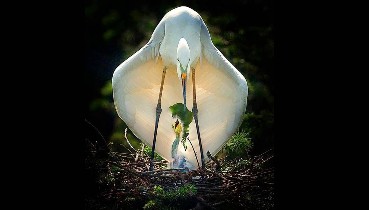 The Chinese egret or Swinhoe's egret (Egretta eulophotes) is a threatened species of egret from east Asia.309 views
The Chinese egret or Swinhoe's egret (Egretta eulophotes) is a threatened species of egret from east Asia.309 views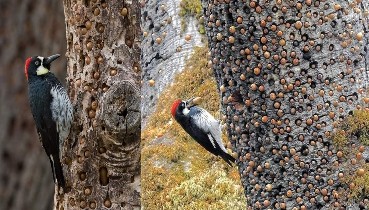 Preparing a woodpecker for winter.306 views
Preparing a woodpecker for winter.306 views-
Advertisements
 20 Nature-Winning Photos From The 2024 reFocus Color Photography Awards58 views
20 Nature-Winning Photos From The 2024 reFocus Color Photography Awards58 views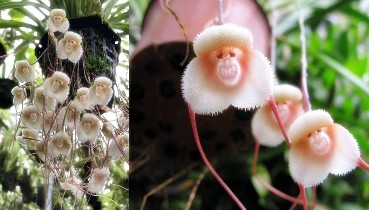 Dracula simia, called also monkey orchid or the monkey-like Dracula5397 views
Dracula simia, called also monkey orchid or the monkey-like Dracula5397 views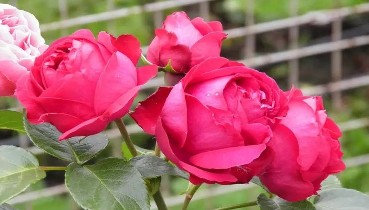 10 Most Beautiful Roses For Your Garden88 views
10 Most Beautiful Roses For Your Garden88 views 10 Natural Ways to Build Healthy Bones747 views
10 Natural Ways to Build Healthy Bones747 views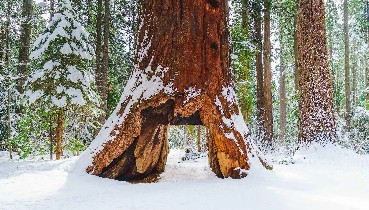 ‘Tunnel Tree’ in Calaveras Big Trees State Park763 views
‘Tunnel Tree’ in Calaveras Big Trees State Park763 views This Citron Called Buddha’s Hand Looks like a Giant Lumpy Lemon With Fingers and Smells Like Heaven40 views
This Citron Called Buddha’s Hand Looks like a Giant Lumpy Lemon With Fingers and Smells Like Heaven40 views
Advertisements
You may also like
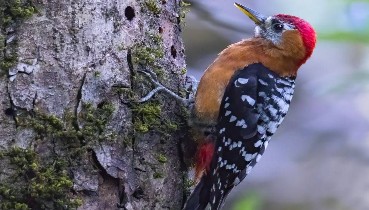 The rufous-bellied woodpecker or rufous-bellied sapsucker (Dendrocopos hyperythrus) is a species of bird in the family
The rufous-bellied woodpecker or rufous-bellied sapsucker (Dendrocopos hyperythrus) is a species of bird in the family 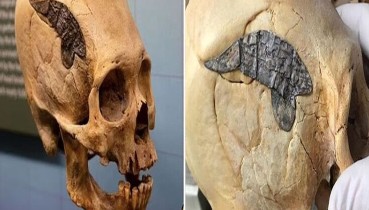 Archaeologists Stunned As 2,000-Year-Old Skull Bound By Metal Evidence Of Ancient Surgery
Archaeologists Stunned As 2,000-Year-Old Skull Bound By Metal Evidence Of Ancient Surgery  10 Ridiculous Pictures That Will Blow Your Mind
10 Ridiculous Pictures That Will Blow Your Mind 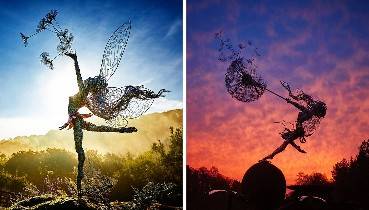 20 Enchanting Wire Sculptures Of Fairies, Created By Robin Wight
20 Enchanting Wire Sculptures Of Fairies, Created By Robin Wight